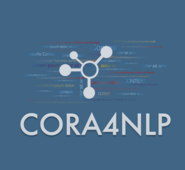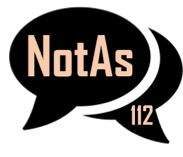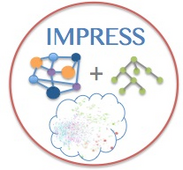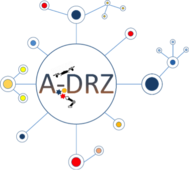
Research Departments
- Agents and Simulated Reality 2
- Cognitive Assistants 1
- Educational Technology Lab 1
- Embedded Intelligence 1
- Institute for Information Systems 1
- Interactive Machine Learning 1
- Multilinguality and Language Technology
- Smart Data & Knowledge Services 1
- Speech and Language Technology 3
Search narrowed by:
Displaying results 1 to 9 of 9.
Research Departments
- Agents and Simulated Reality 2
- Cognitive Assistants 1
- Educational Technology Lab 1
- Embedded Intelligence 1
- Institute for Information Systems 1
- Interactive Machine Learning 1
- Multilinguality and Language Technology
- Smart Data & Knowledge Services 1
- Speech and Language Technology 3








